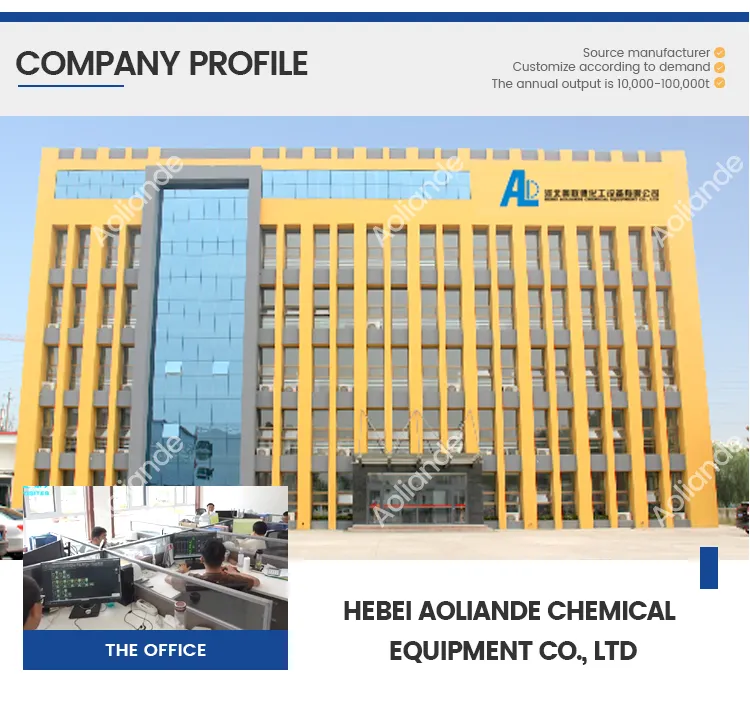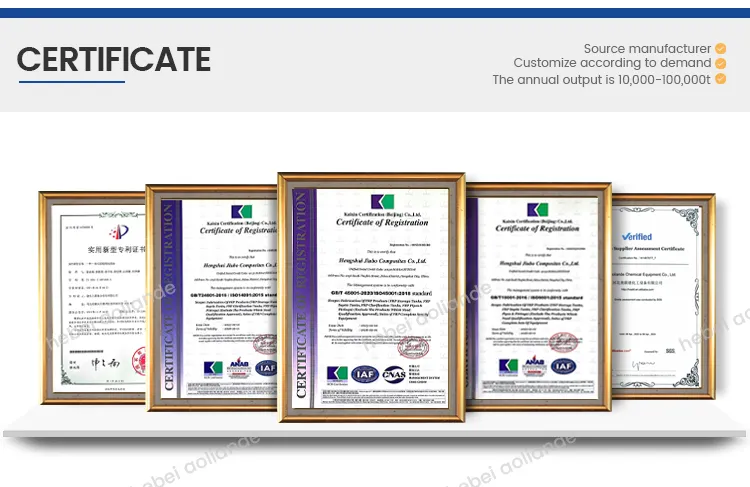Top-Rated GRP Water Storage Tanks - Durable & Corrosion-Resistant
- Industry data insights and performance metrics
- Breakdown of technical advantages
- Comparative analysis with other materials
- Customization capabilities overview
- Industry-specific application scenarios
- Installation and maintenance considerations
- Future outlook for water storage solutions

(grp water storage tanks)
Understanding GRP Water Storage Tanks
Engineered for resilience, GRP water storage tanks represent modern engineering solutions for diverse water management needs. These composite structures combine glass fibres with polymer resins, creating vessels with exceptional structural integrity that maintain water purity. Industrial facilities typically experience 40% fewer maintenance interventions with GRP installations compared to conventional alternatives, according to European Water Association benchmarks.
Municipalities facing aging infrastructure increasingly specify GRP cold water storage tanks for potable water applications, with European regulatory approvals including WRAS and DVGW certifications. Their non-corrosive nature eliminates metallic leaching, meeting WHO purity guidelines while demonstrating consistent 30-year lifespans in Ofwat-monitored installations. Unlike concrete alternatives, GRP tanks prevent lime leaching and mineral contamination through seamless construction.
Technical Superiority Explained
GRP technology delivers unprecedented material advantages through stratified composite engineering. The multilayer construction incorporates:
- Corrosion Barrier: 2.5mm resin-rich surface prevents chemical degradation
- Structural Reinforcement: Woven rovings in isophthalic resin matrix
- Hydraulic Optimization: Computational fluid dynamics-designed baffles
Independent ISO 9001 testing confirms 0.0001% permeability rates - significantly outperforming concrete's 0.03% industry average. Thermal conductivity measurements show GRP maintains water temperature 67% more effectively than steel equivalents, reducing cooling energy requirements by 28% in climate-controlled facilities.
Comparative Material Analysis
Industry data reveals stark contrasts between storage solutions across critical operational parameters:
| Material | Lifespan (years) | Maintenance Cost/10yrs (€) | Weight Ratio | Installation Time |
|---|---|---|---|---|
| GRP Composite | 30+ | 5,200 | 1.0 | 3 days |
| Stainless Steel | 15-20 | 18,700 | 4.3 | 14 days |
| Concrete | 25-30 | 27,500 | 12.8 | 28 days |
Dutch water authority inspections reveal GRP installations require 83% fewer structural interventions than concrete tanks over two decades. Weight differentials enable rooftop installations impossible with competing materials, expanding architectural possibilities.
Customization Capabilities
Modular manufacturing processes enable precise dimensional tailoring, with production facilities creating vessels from 5,000 to 500,000 litre capacities. Bespoke features include:
- Integrated access platforms and overflow prevention systems
- Variable thickness designs for seismic zone installations
- Multiple inlet configurations for complex water distribution
Nottingham University Hospital's 2023 installation exemplifies this adaptability, incorporating internal partitioning for separate firefighting and potable reserves within a single footprint. Such engineering flexibility reduces space requirements by 34% compared to multiple tank configurations.
Industry Deployment Scenarios
GRP cold water storage tanks serve critical functions across multiple sectors:
Healthcare Facilities: Manchester Royal Infirmary's 75,000-litre installation features antimicrobial resin to prevent Legionella colonization, achieving HTM 04-01 compliance. Temperature monitoring data shows ±1°C stability regardless of external conditions.
Industrial Applications: German automotive plants utilise GRP storage tanks for closed-loop cooling processes. The non-conductive properties prevent electrolytic corrosion while resisting glycol-based heat transfer fluids - a key advantage confirmed by ChemResist laboratory testing.
Installation and Lifecycle Management
Modular assembly techniques revolutionise deployment logistics. Rotterdam port authority's 400m³ installation required only five days from foundation preparation to commissioning, demonstrating the efficiency advantages over traditional storage solutions.
Maintenance protocols are notably streamlined, requiring only biennial inspections according to BS EN 13280 standards. Cleaning cycles extend to 10-year intervals in potable applications, reducing operational disruptions. Combined with 100% recyclability at end-of-life, these factors contribute to an industry-leading 92% customer retention rate among certified installers.
Advancing Water Infrastructure with GRP Storage Tanks
The European water management sector increasingly recognises GRP water storage tanks as the benchmark for sustainable infrastructure. Urbanisation challenges demand solutions offering space efficiency, minimal maintenance, and water integrity - precisely where GRP technology excels.
Recent manufacturing innovations include sensor-ready construction with embedded monitoring points for real-time structural health analysis. Hamburg's municipal upgrade programme demonstrates how these smart GRP storage tanks reduce inspection costs by 60% while providing automated compliance reporting. As climate adaptation pressures intensify, the corrosion resistance and deployment speed advantages position GRP as the definitive solution for future water resilience projects globally.

(grp water storage tanks)
FAQS on grp water storage tanks
Q: What are the primary advantages of GRP water storage tanks?
A: GRP water storage tanks offer exceptional corrosion resistance, lightweight construction for easier installation, and superior longevity compared to metal alternatives. Their seamless design also prevents leaks and bacterial growth.
Q: Are GRP cold water storage tanks suitable for potable water?
A: Yes, GRP cold water storage tanks are manufactured with WRAS-approved materials ensuring safe drinking water storage. Their non-reactive surfaces prevent contamination while maintaining water quality.
Q: What maintenance do GRP storage tanks require?
A: GRP storage tanks need only basic annual inspections for cracks or debris. Unlike metal tanks, they require no protective coatings or anti-corrosion treatments due to their inert material properties.
Q: How are GRP water storage tanks installed?
A: GRP water storage tanks feature modular designs allowing assembly onsite. They require properly leveled concrete bases and professional structural connections to inlet/outlet piping systems.
Q: Can GRP storage tanks withstand extreme temperatures?
A: GRP storage tanks maintain structural integrity from -50°C to +120°C. For cold water applications, optional insulation layers can be added to prevent freezing in subzero environments.






























